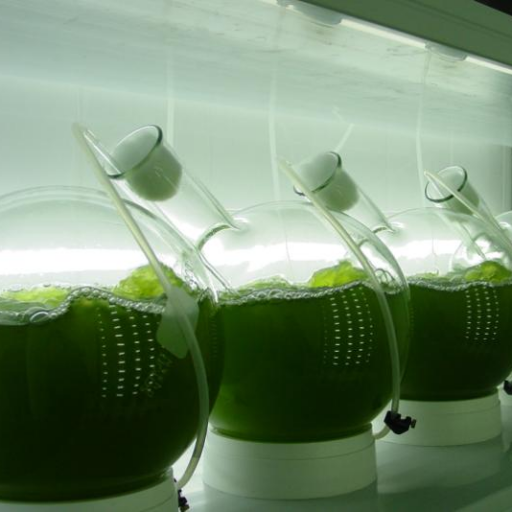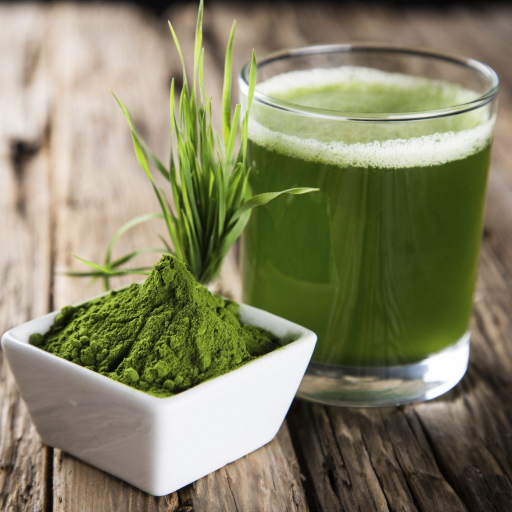
Microalgae Cultivation
Description
Microalgae is a generic term that refers to all microscopic unicellular organisms who are able to perform photosyntesis; they include cyanobacteria (such as Arthrospira Platensis) and unicellular green algae (such as Chlorella Vulgaris and Chlamydomonas Reinhardtii).
They can be used for a variety of purposes, such as human food or dietary supplement (usually in form of powder or tablets made up of dried and concentrated biomass), energy production and waste treatment.



Potential

High nutritional efficiency
Microalgae are among the most nutritionally efficient foods in existence; they contain much higher amounts of both macro- and micro-nutrients that most plant or animal based food, while also exhibiting a much higher biomass yield.
In particular, some microalgae (like Chlorella) are the only known plant-based source of Vitamin B12.
Ease of cultivation
Microalgae are among the easiest food to produce, since they require very little space and care; growing Spirulina requires little more than a clear water-filled container, a starter live colture and small amounts of fertilizers, while other microalgae might require slightly more complex setups including proper heating and areation, additional growing medium and helper micro-organisms.
These limited requirements makes them ideal candidates for self-production in domestic-scale systems.
Status
Microalgae cultivation is already industrially practiced in many places in the world through the use of bioreactors; while not very popular yet, small domestic-scale systems are already fully available and easily affordable with very little investment.
Return